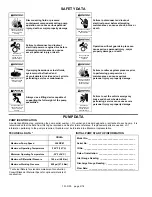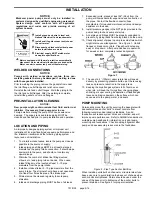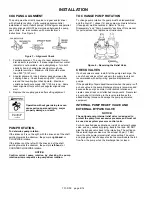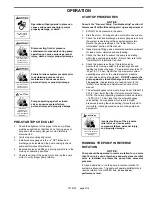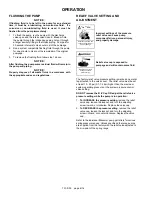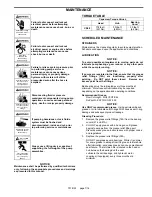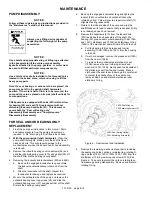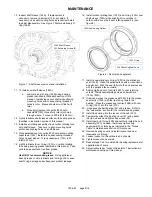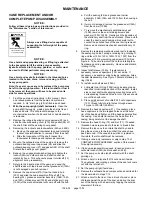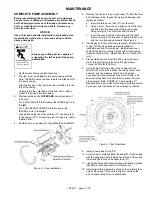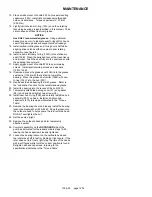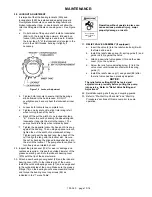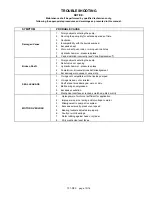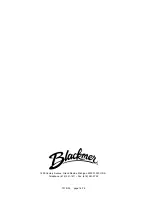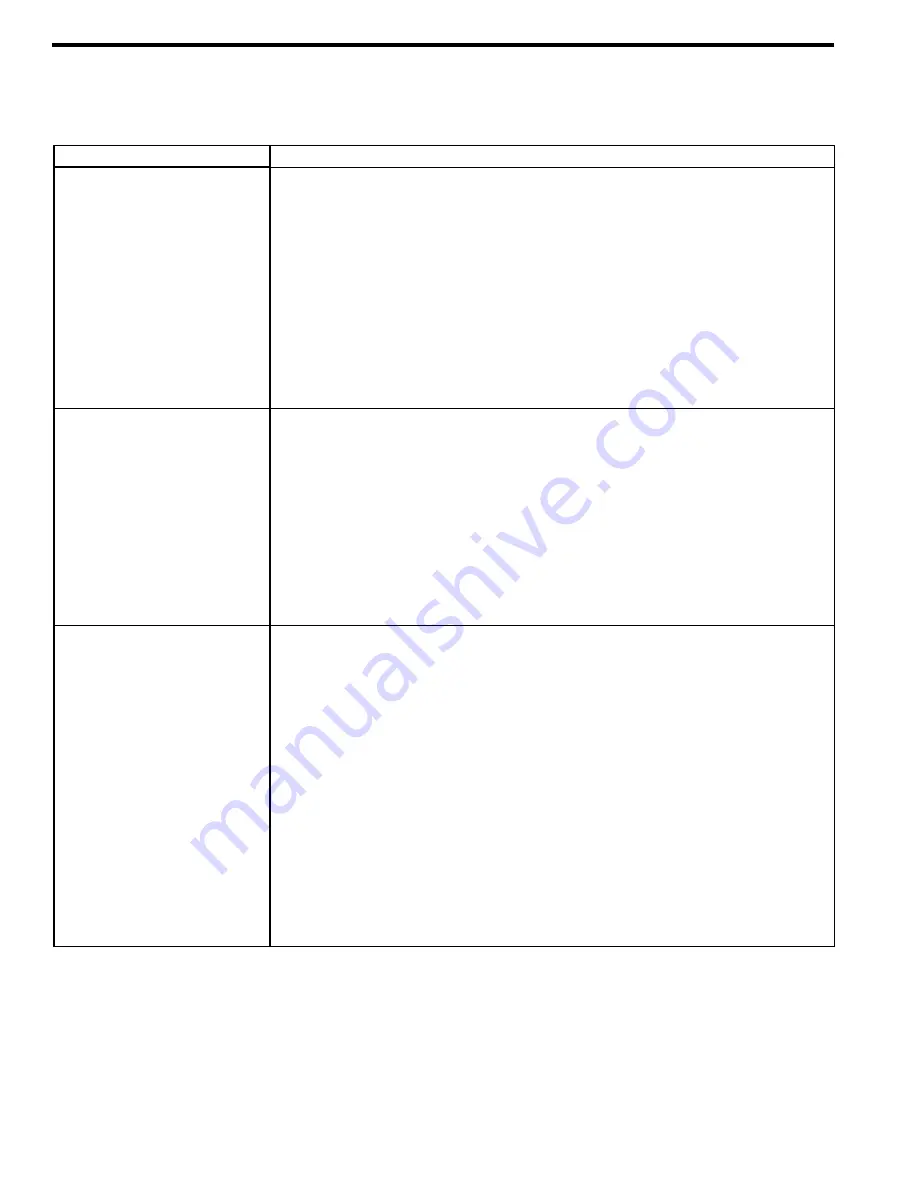
701-D00 page 14/16
TROUBLESHOOTING
NOTICE:
Maintenance shall be performed by qualified technicians only,
following the appropriate procedures and warnings as presented in this manual.
SYMPTOM PROBABLE
CAUSE
Pump Not Priming
1. Pump
not
wetted.
2. Worn
vanes.
3. Suction valve closed.
4. Internal control valve closed.
5. Strainer
clogged.
6. Suction line or valves clogged or too restrictive.
7. Broken drive train.
8. Pump
vapor-locked.
9. Pump speed too low for priming.
10. Relief valve partially open, worn or not seating properly.
11. Vanes installed incorrectly (see "Vane Replacement").
12. Incorrect Rotation
Reduced Capacity
1. Pump speed too low.
2. Suction valves not fully open.
3. Excessive restriction in the suction line (i.e.: undersized piping, too many elbows &
fittings, clogged strainer, etc.).
4. Damaged or worn parts (vanes, discs, liner or rotor).
5. Excessive restriction in discharge line causing partial flow through the relief valve.
6. Relief Valve worn, set too low, or not seating properly.
7. External
Bypass
Valve set too low.
8. Operating without a vapor return line.
9. Vanes installed incorrectly (see "Vane Replacement").
10. Liner installed backwards.
Noise
1. Excessive pressure drop in suction line due to:)
a. Undersized or restricted fittings in the suction line.
b. Pump speed too fast.
c.
Pump too far from fluid source.
2. Running the pump for extended periods with a closed discharge line.
3. Pump not securely mounted.
4. Misalignment of pump, reducer or motor.
5. Bearings worn or damaged.
6. Vibration from improperly anchored piping.
7. Bent shaft, or drive coupling misaligned.
8. Insufficient oil in the gear reducer.
9. Excessively
worn
rotor.
10. Malfunctioning valve in the system.
11. Relief valve setting too low.
12. Liner installed backwards.
13. Damaged vanes (see following category).


